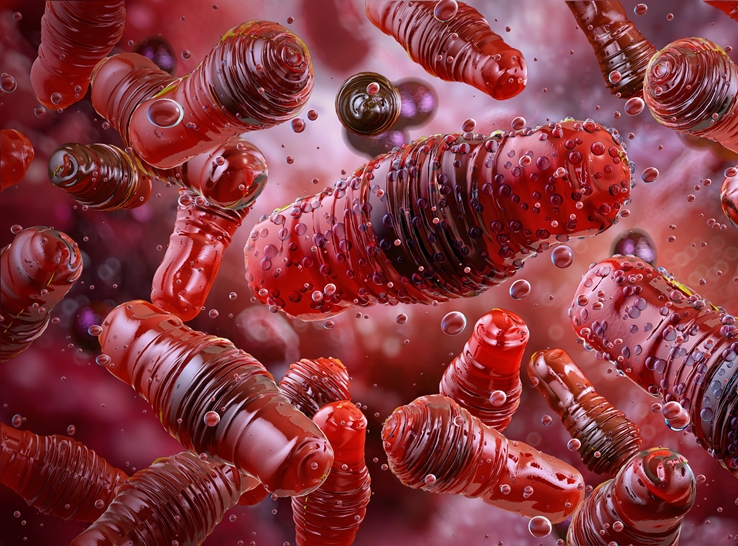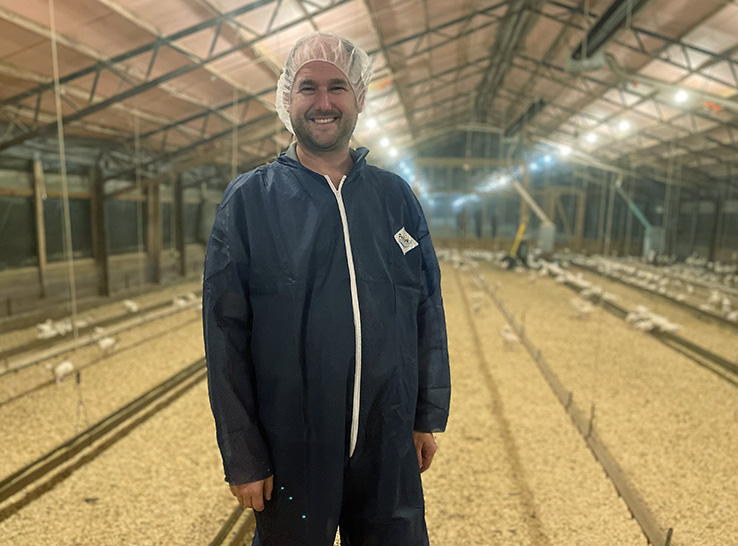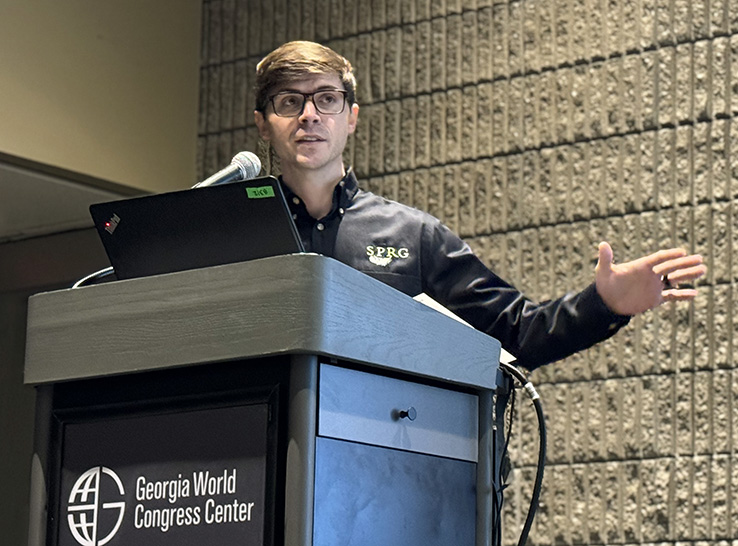By TJ Gaydos, DVM, MAM, DACPV
Gaydos Technical Services, LLC
Dallas, TX
The transition to no antibiotics ever (NAE) production has increased reliance on vaccines for managing coccidiosis, but successful coccidiosis vaccination requires careful attention to management details that can easily be overlooked.
It should go without saying that good chick or poult quality is essential. It’s difficult to finish a flock successfully if they have a poor start.
Although bird quality is important in a traditional production system, it’s even more important in an NAE system when coccidiosis vaccine enters the mix because we need active birds to ingest, replicate, excrete and then consume the sporulated oocysts. Improving the quality of birds placed with respect to their vitality and their microbial status is a critical step toward successful coccidiosis vaccination.
Proper vaccine storage
Another key to successful coccidiosis vaccination is proper storage of coccidiosis vaccines. Improper storage in hatcheries is, unfortunately, not uncommon. Coccidial oocysts will not be viable if frozen. Excessive cold weakens oocysts, which will then fail to replicate well in the birds, whether they are chicks or poults.
The residential refrigerators often used to store vaccines have notoriously variable temperatures. The risk of ruining the vaccine can be minimized by storing vaccine vials in the middle of the refrigerator a way from the sides and back of the fridge. Vaccine should never be stored in the door.
Accurate and frequent temperature monitoring of the refrigerator temperature is a good practice to ensure vaccines are stored properly. Use the temperature recommended by the vaccine manufacturer but generally, 41° F (5° C) is a good target.
Spray evenly
The live, healthy oocysts in a coccidiosis vaccine must be sprayed evenly on birds so they all consume an even dose of viable vaccine. The various Eimeria oocysts that cause coccidiosis in poultry are relatively dense and need to be continuously mixed to stay suspended within a liquid or they must be evenly mixed into a gel.
Besides providing an even spray across the basket, birds need to be given ample time in a bright and comfortable environment to encourage preening, which helps to distribute an even dose of vaccinal oocysts. In an ideal environment with vibrant birds, the time needed to preen the vaccine can be as short as 15 minutes.
Once birds are taken to the farm, good husbandry will help birds achieve strong, uniform immunity against coccidiosis.
Maintain proper litter humidity
Keep in mind that Eimeria have two major components to their life cycle — the one in the bird and one in the litter. The oocysts leave the bird in a non-infectious state and need to sporulate in the litter before being re-consumed. To obtain early and uniform immunity, each species of relevant Eimeria need to repeat this cycle three consecutive times.
Cycling success is achieved by maintaining litter humidity at an appropriate level to encourage sufficient but not extreme levels of sporulation. The ideal litter moisture for an appropriate sporulation rate is 25%.
Litter with approximately this moisture level is not powdery and does not clump when a handful is squeezed together. Proper litter moisture is achieved with ventilation, drinker management, good intestinal health and high-quality feed.
Manage bird density
To ensure young birds can ingest sporulated oocysts from the previous round of replication, it’s important to manage the areas available to them within the poultry house. Broilers should be housed in a restricted area that’s one-third or one-half of the house for no less than 9 days and no more than 12 before they are released to the full house.
In broiler breeder pullets; chicks should be limited to one-quarter of the house for 8 to 9 days and then further limited to one-half of the house for no less than 21 days. If there is difficulty maintaining sufficient litter moisture, 28 days is better assuming there is adequate feeder space available.
The same concept is true when vaccine is used in turkey poults, they should be started in a restricted area and turned out in stages to ensure the vaccine has time to replicate and allow immunity to develop before turkeys are moved to grow-out.
Anticoccidials to support vaccination
The final part of managing coccidiosis requires managing the use of available anticoccidials, including natural products like plant-derived products and the traditional non-antibiotic anticoccidials.
The development of resistance remains a major concern for traditional in-feed anticoccidials, so a well-planned rotational program is critical.
There has been less evidence of resistance to the plant-derived products, which have a milder effect compared to traditional anticoccidials and there is data supporting their ability to modulate the impact of coccidiosis. The two types of products in this class that appear to have the most promise assisting with coccidiosis control are saponins and tannins.
Selecting the appropriate product to support coccidiosis vaccination is important but the core of managing coccidiosis in an antibiotic-free system is making sure those routine, boring chores get done consistently every day.
In summation, successful coccidiosis vaccination in antibiotic-free systems can be achieved when excellent animal husbandry is coupled with a solid vaccine program that promotes immune health and reduces disease pressure.
Editor’s note: The opinions and/or recommendations presented in this article belong to the author and are not necessarily shared by Modern Poultry.







